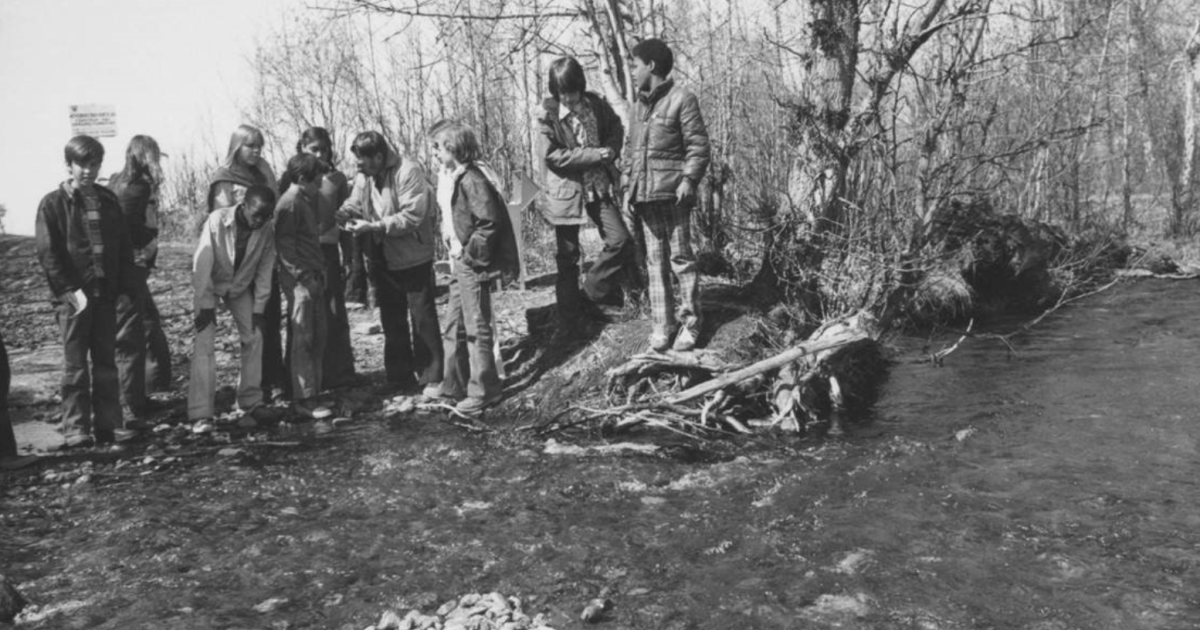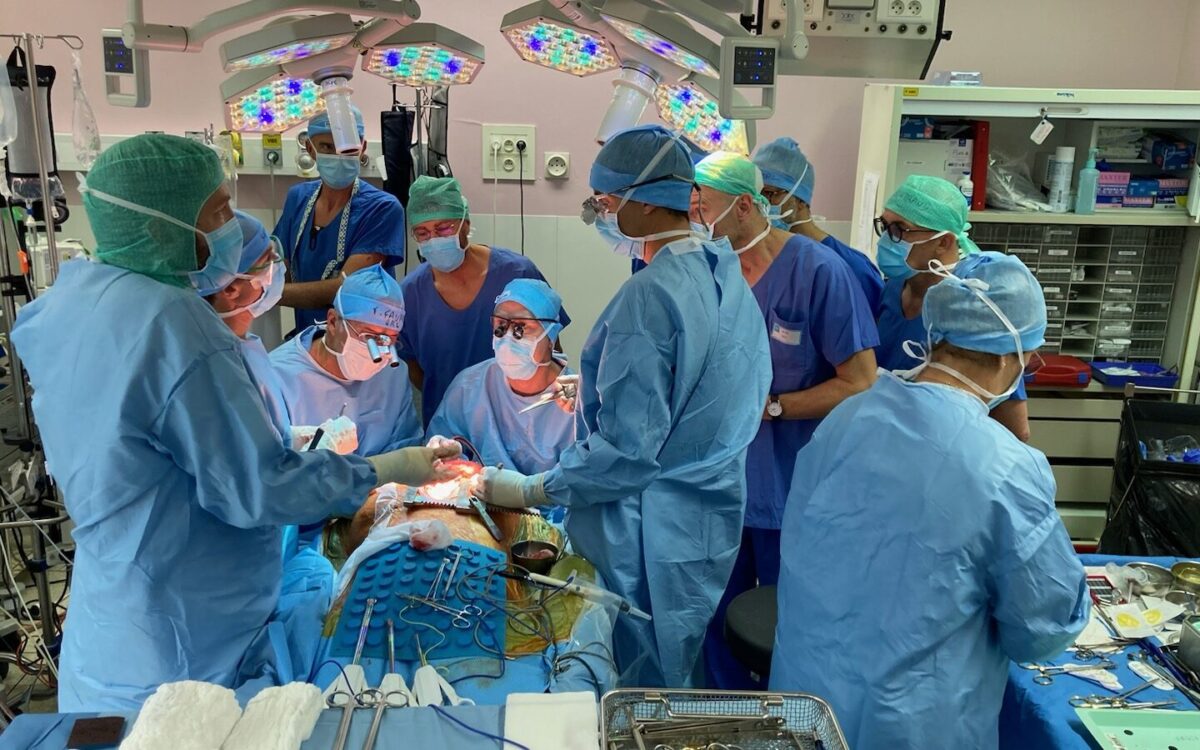
A stark gender gap in young people's interest in engineering and science and a sharp decline in hands-on science have been identified by a new survey conducted by the Royal Society in partnership with EngineeringUK, with support from Wellcome.
The third Science Education Tracker (previously conducted in 2016 and 2019) included specific questions about engineering for the first time in the 2023 survey. The tracker looked at responses from 7,000 young people about their attitudes to and experiences in science education and careers. The findings make troubling reading given the current and projected engineering and technology workforce shortages.
Most school students view engineering careers as creative and versatile, and more than half of young people believe they could become engineers if they wanted to. However, interest in engineering careers declines as students progress through school (55% of 7th graders compared to 39% of 13th graders). For those who are not interested in a STEM career, girls are more likely than boys to say it is because they do not enjoy the subjects (57% vs. 41%) and that they do not feel like it. They are good at it (38% vs. 20%).
Across all age groups, boys reported significantly higher knowledge of engineering careers than girls, and were more likely to say engineering was something for them. Only 12% of girls say that being an engineer suits their personality well, compared to 38% of boys. Only 16% of girls believe that an engineering career is suitable for someone like them, and this amounts to 44% of boys.
Doing hands-on science is the main motivation for learning science (52% of students in grades 7-9), with girls statistically more likely to say so. However, practical training opportunities in schools are declining, with only 26% of GCSE students undertaking practical training at least once every two weeks. 70% of high school students say they want to do more, and the desire for more hands-on work is higher among students who are less engaged with science in general. This includes students who say they are not interested in science or who feel that science is “not for me.” 32% of young people aged 7 to 13 belong to the “not for me” group, and this group is more likely to include girls. In fact, 36% of girls say science is not for them.
Extracurricular activities foster young people's interest in continuing their education in STEM. Half of students who visited a company said they were inspired to pursue STEM subjects, and 45% of those who spoke at school from someone working in STEM said the same. However, only 43% of students had pursued extracurricular activities in STEM fields in the previous year. STEM-related work experience is also very low. 15% of young students have gained STEM-related work experience, with a further 26% keen to do so but unable to secure a place.
Dr Hilary Lever, CEO of EngineeringUK, said: “We need hundreds of thousands of people entering STEM careers to get on track to achieve net zero, to improve sustainability, and for the UK to thrive. The tracker’s findings are a serious call To wake up we need to do more to keep young people interested in STEM as they progress through school and build their understanding of the opportunities available to them.
The government must work on ways to ensure that teaching science, mathematics and computer science is more engaging for all students and builds confidence in subjects, especially for girls. We must also ensure that all students have professional experiences that highlight opportunities in fields such as engineering, which barely feature in current curricula.
The engineering community also needs to step up and help young people see the range of opportunities available to them in engineering and technology. We can inspire and encourage them to continue in STEM. Where possible, we should also help make up for the decline in practical lessons by providing practical activities.
Professor Ulrike Tillmann, Chair of the Royal Society's Education Committee, added: “The great thing about science is that it has a practical side. It's not just in your head, you can touch it and feel it – whether in the classroom or as part of everyday life. Access to practical learning Effective learning that students can tangibly connect to the real world will help make science feel more important and meaningful and provide valuable skills for life and work.
The Science Education Tracker Report and more information are available on the website www.engineeringuk.com/set.






